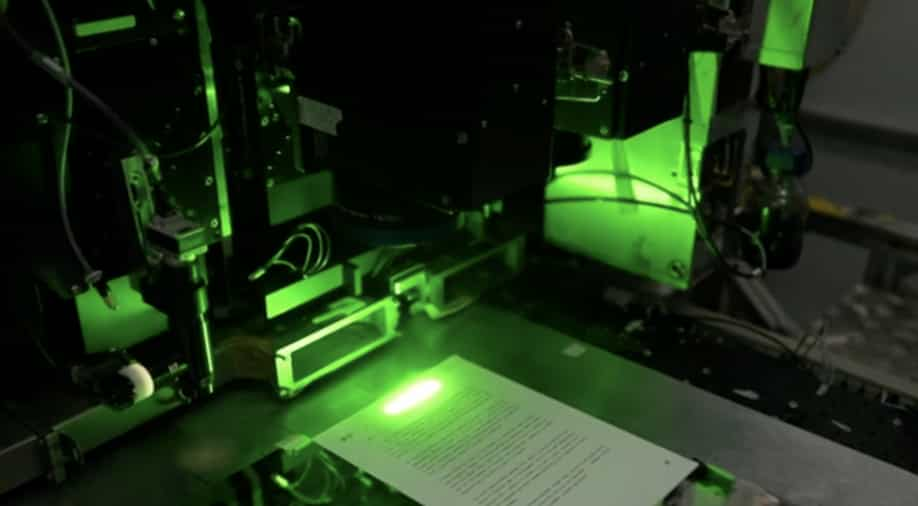Scientists have created a miraculous device that removes the ink from printer paper, allowing each sheet to be reused ten times. By lowering the demand for office paper, they want to reduce the quantity of climate-changing carbon dioxide (CO2) emissions from the paper and pulp sector. Specially coated paper, which prevents ink (or powdered toner) from soaking into the sheet, is the secret to the so-called “de-printer.”
The ink is then vaporized by a strong laser. Circular printing is how Barak Yekutiely, the lead developer from REEP Technologies in Israel, explains it. Large volumes of carbon dioxide that warms the globe are produced during the production of several essential goods that sustain our life, from paper to plastic.
The REEP method totally removes all of the ink from the paper using cutting-edge laser technology. The basis of Reep’s solution is laser de-printing in conjunction with cutting-edge materials that allow paper re-use. It is the first de-printing technique to pass Ingede’s renowned deinking test with a perfect score.
Also Read: In pics: Bizarre enormous sinkholes appear in the middle of nowhere
RCP, or Reep Circular Print, is a service that provides REEP capability. The consumer receives the Reep de-print devices, reusable paper, and full support under an all-inclusive click charge. The Reep services remove the requirement for single-use printer paper procurement, storage, collection, shredding, and recycling.
Since the invention of printing, REEP empowers a circular economic model for the first time. The Reep technology drastically reduces resource use and carbon emissions associated with office printing by over 90 per cent. Maintaining trees will increase carbon sequestration, improving the climate through print operations.
(with inputs from agencies)
.

